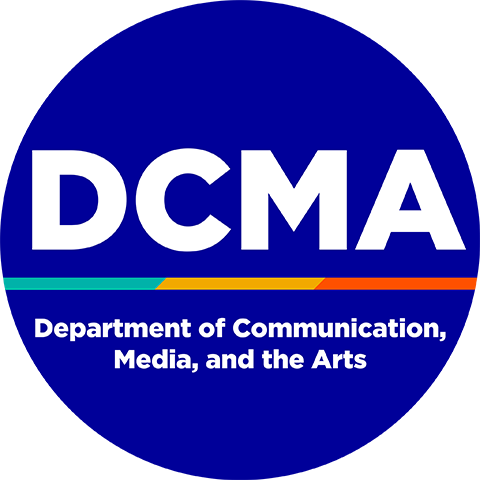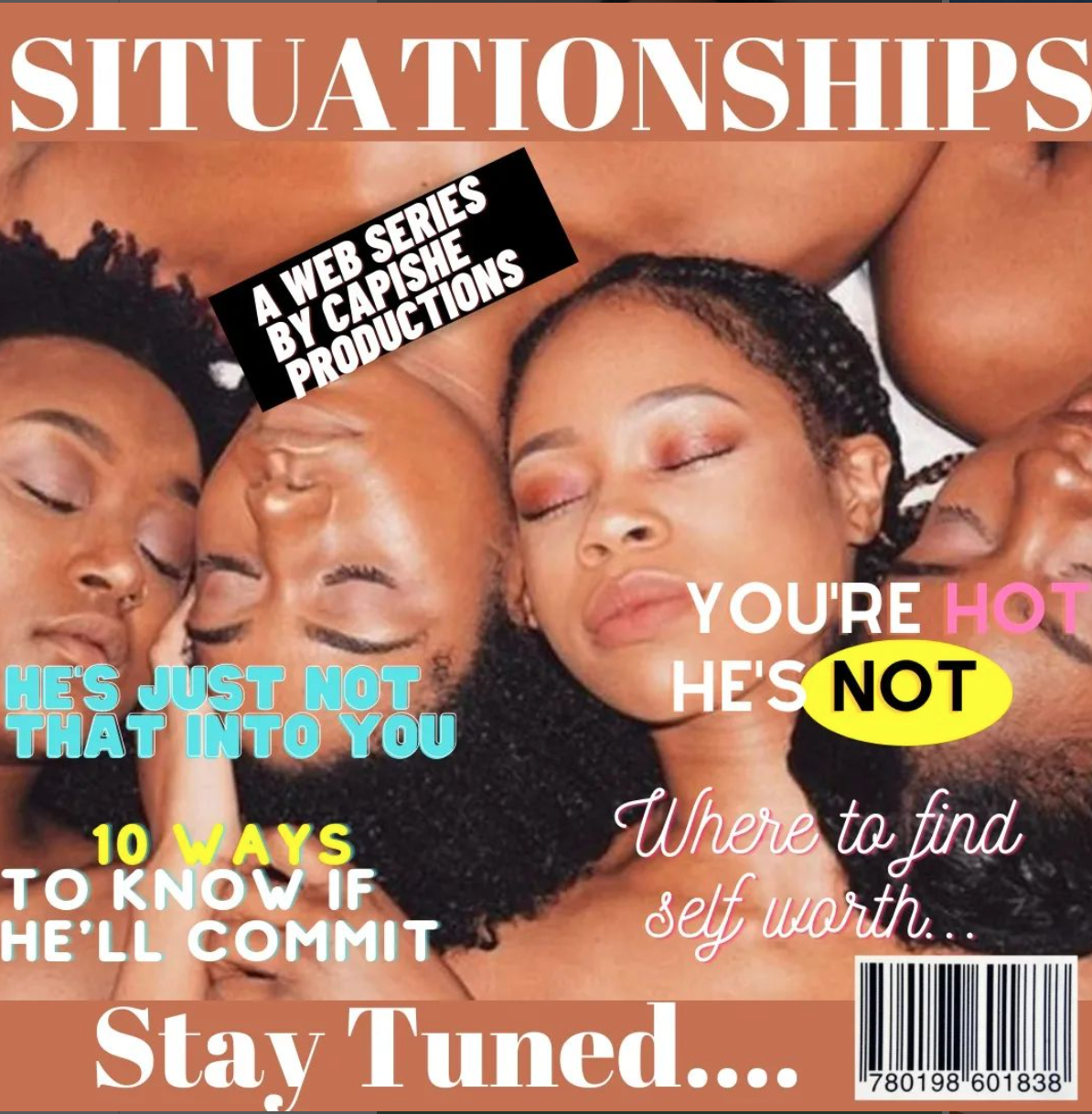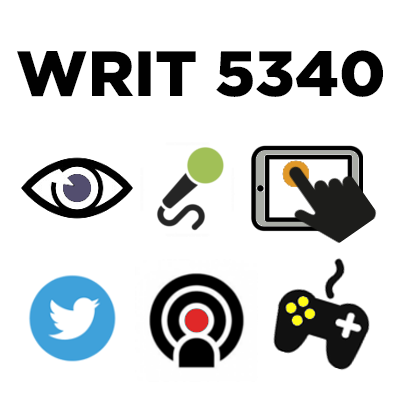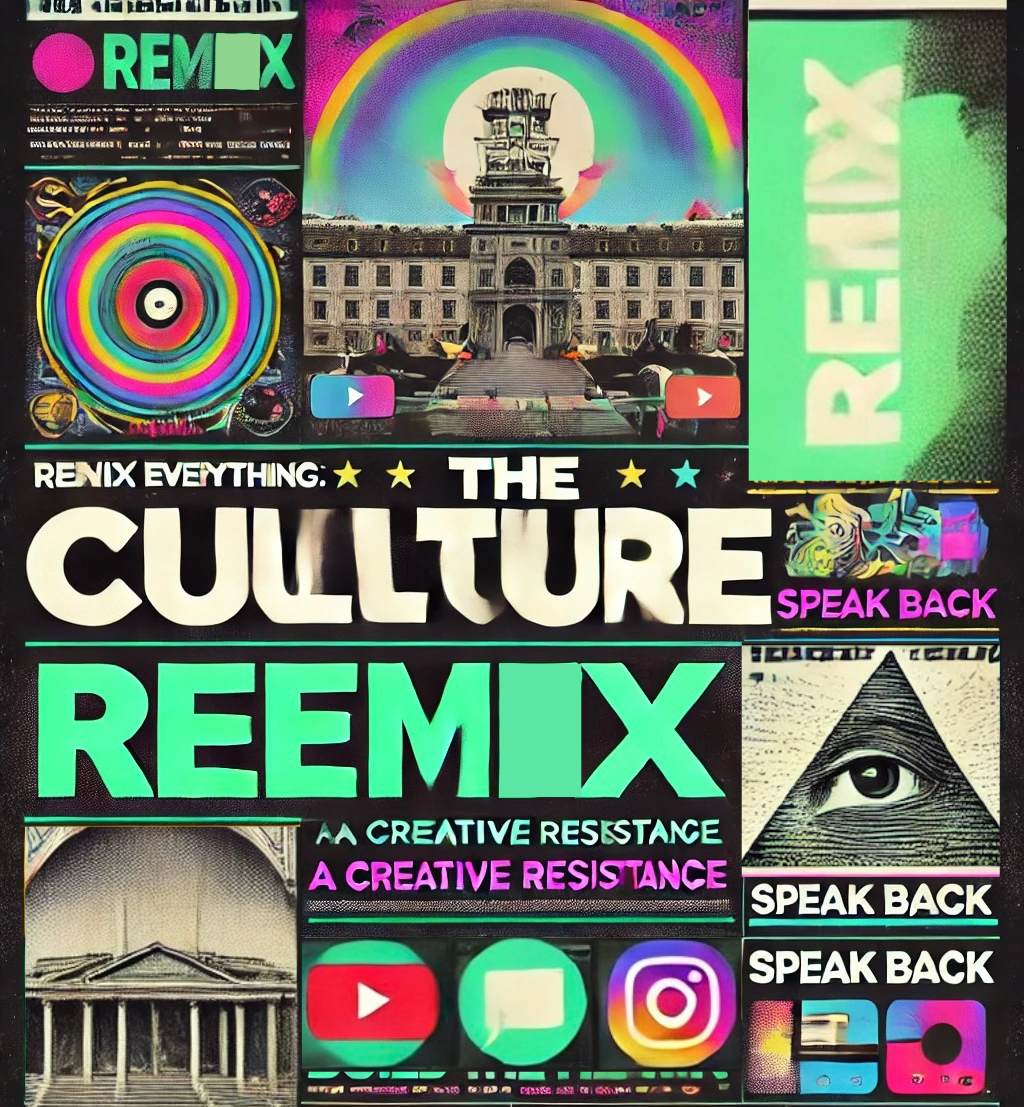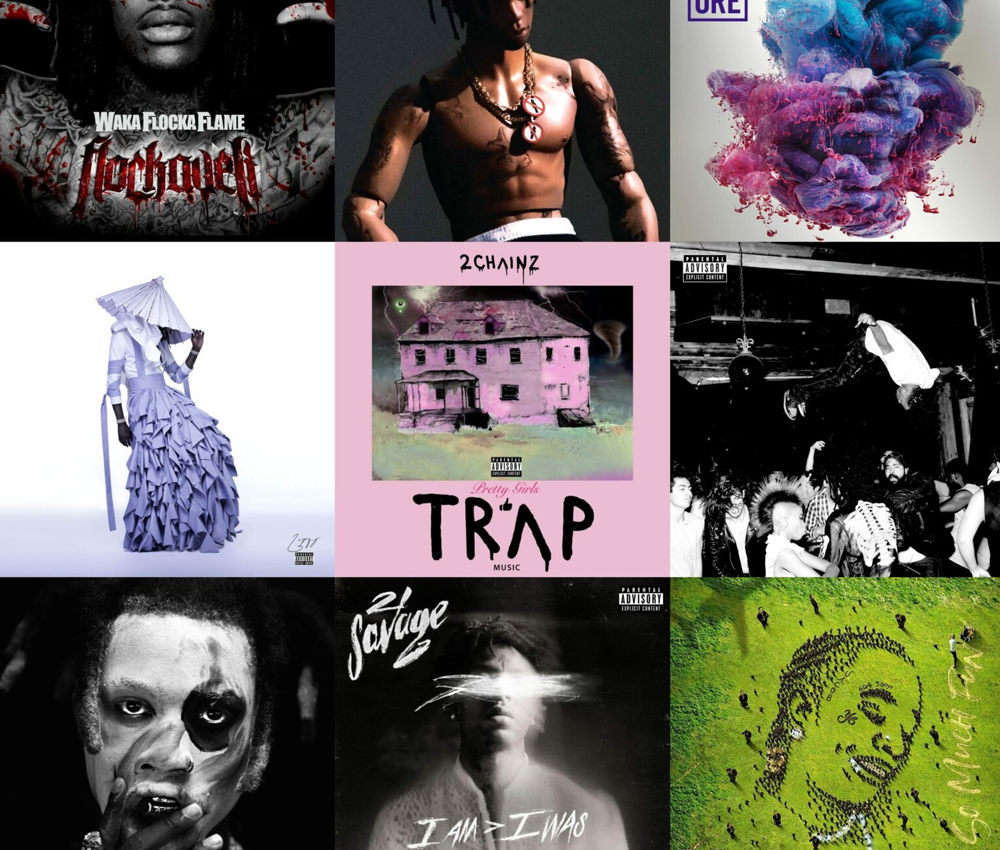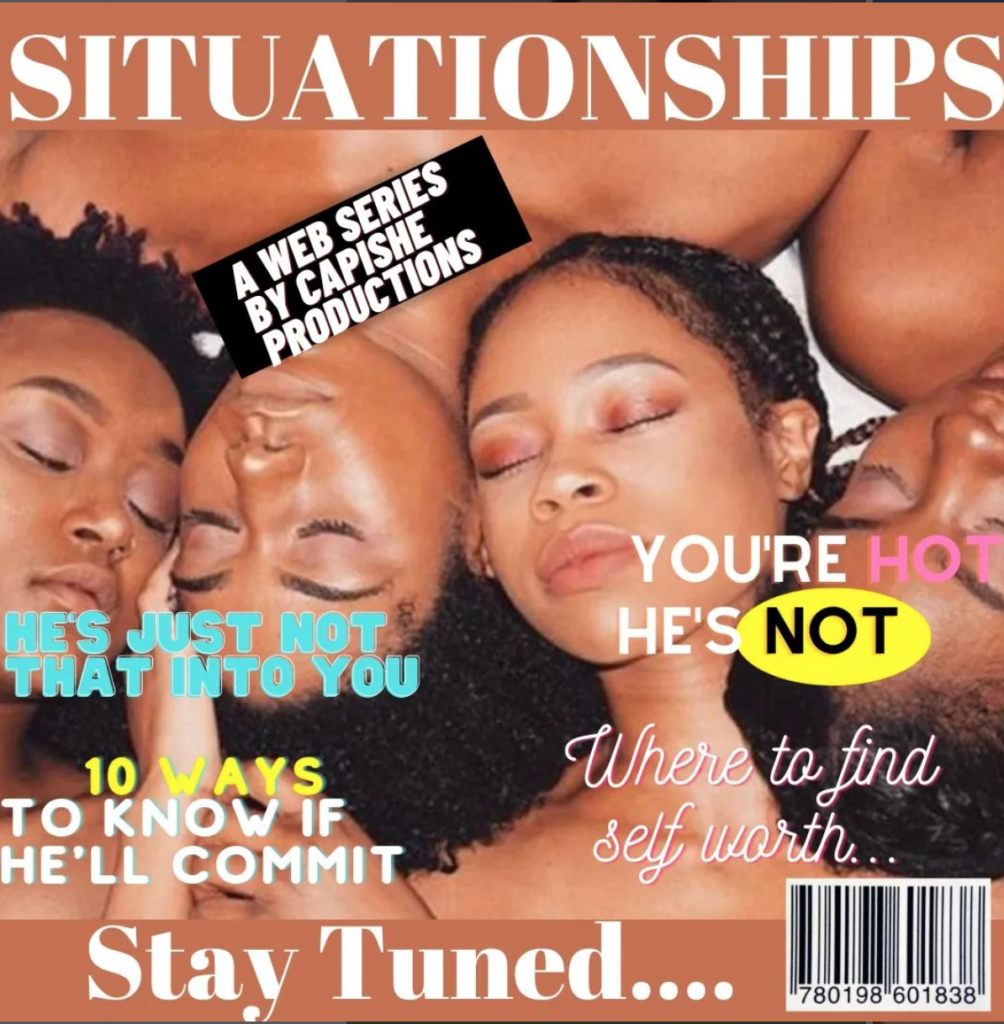
- Maker: Danielle Case
- Genre: Audio Composition
- Level: Graduate
- Program: Composition, Rhetoric, and Digital Media
- Course: WRIT 5340: Studies in Multimodality and Digital Media
- Instructor: Dr. Eric Mason
- Semester Created: Winter 2023
Description
I chose to create and produce an audio drama for my composing with sound project. My idea was birthed after I wrapped the pilot of a web series I was casted in as a supporting actress. Originally the project was created to be a web series, but I thought how interesting it would be to turn a visual component to something solely auditory. The duality of the experience further proves the point that text can be multimodal and take on many forms to meet an audience’s needs. On the web-series I play the character Cara who is a community activist and all about bringing awareness to social and economic issues. When it comes to her love life, men are a yes but relationships are a no! She’s happy being single and mingling….or is she? Cara is the free spirit of the group. With her wit and sarcasm, she’s definitely the one who’ll call you out. The audio drama Situationships follows four young women in their thirties as they navigate their way through various relationships in the workplace, with family, friends and of course their love life. Ultimately, my profession permits me to be able to exist in various spaces and places in media I want to make sure I expand my brand to be more marketable.
Reflection
When it came to the reflection process of producing this audio composition project, my design thinking process considerably was one of the factors I had to take into consideration. Taking something that was meant to be visual and audio, then stripping away the visually component for it to now take on a new form of media and meaning was challenging. Would the audience interpret the dialogue the same way? Would they have a hard time with character development? Sabia’s article, “The Technology of Storytelling” provides a compelling perspective on the ways in which technology is shaping the art of storytelling. It highlights the potential of technology to create new and innovative forms of storytelling, while also acknowledging the challenges and risks involved in this process. This article helped me to explores the ways in which technology is shaping the art of storytelling. Sabia argues that technology has transformed the way we tell stories, enabling us to create immersive experiences that engage and captivate audiences in new ways. Which is exactly what I wanted this project to do; allow people who are always on the go to experience something other than your typical podcast or radio shows. This audio drama creates a space for listeners to engage with this content by envisioning the characters appearance look like and where the setting of the audio drama takes place rather than being told. The listener gets to use their imagination to create that space for themselves.
In “Translating Modalities”W.C. Gonzalez highlights the importance of modalities in communication, as they provide context and add nuance to the meaning of words. When it comes to translating modalities, the author argues that this task is often difficult, if not impossible, as many of these cues are culturally specific and may not have a direct equivalent in the target language. Additionally, the author notes that even when there is a direct equivalent, the same modalities may carry different meanings or connotations in different cultural contexts. I found this to be particularly true as I was pulling the audio bed from the video. As I was editing the sound I had to be sure that it was clear to the listener when there was a change from scenes and that it was evident what exactly was taking place in each scene. I want my audience to be able to visualize what was occurring without actually seeing the video portion.
As technology continues to evolve, it will be interesting to see how it shapes the stories we tell and the way we experience them. this project has taught me the importance to recognize the complexities of translating modalities and the need for translators to be aware of the cultural context and potential misunderstandings that can arise. Successful translation of modalities requires a deep understanding of both the source and target languages and cultures, as well as a sensitivity to the nuances of communication in different contexts.
Sources
Writing changes: Alphabetic text and multimodal composition. Modern Language Association. (n.d.) from https://www.mla.org/Publications/Bookstore/Nonseries/Writing-Changes-Alphabetic-Text-and-Multimodal-Composition
IvyPanda. (2022, September 17). “The Technology of Storytelling” TED Talk by Sabia. https://ivypanda.com/essays/the-technology-of-storytelling-ted-talk-by-sabia/
